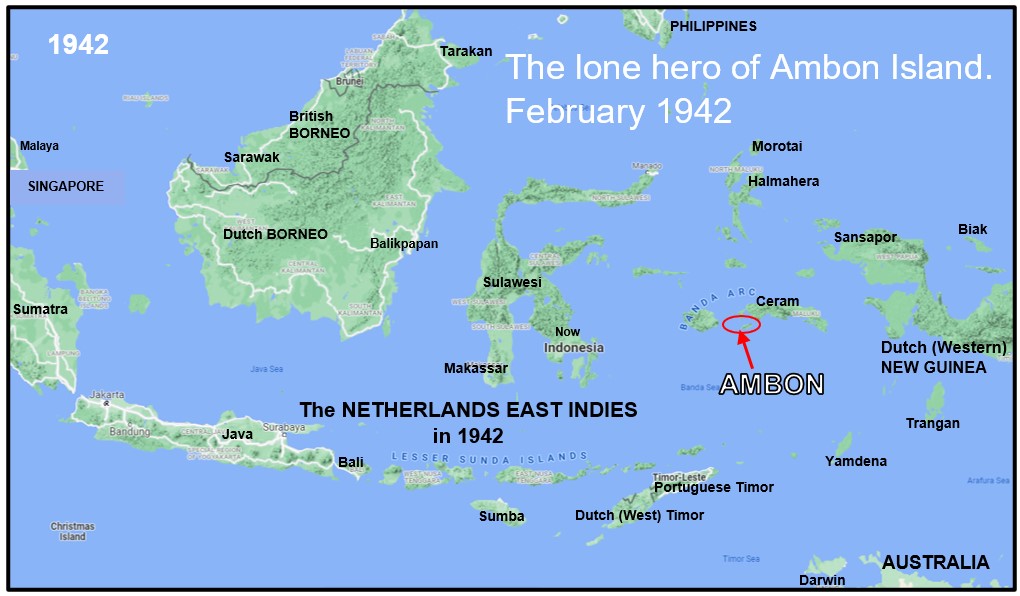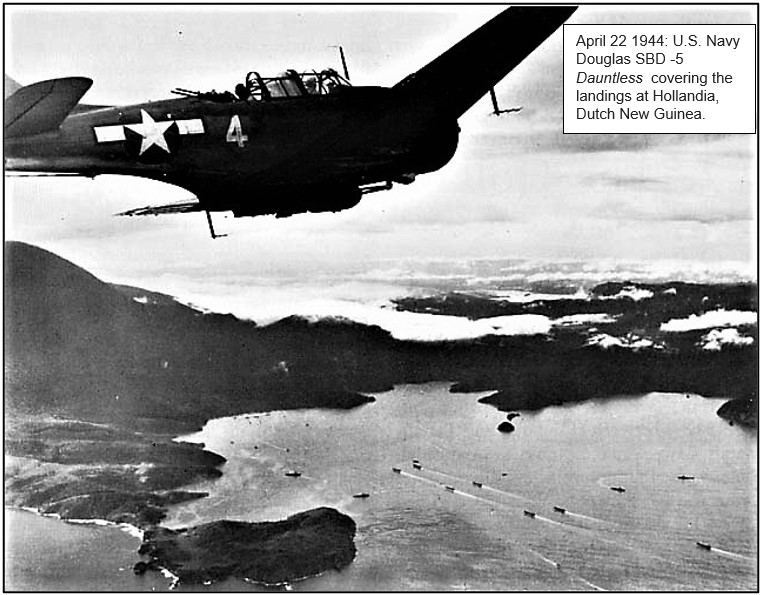
🧵
17 Dec. 1941:
The Australian 2/21st Infantry Battalion made up the bulk of "Gull Force".
It was sent, in an act of military absurdity, to assist a Dutch contingent “protecting” the tiny (680sq. km) strategic Ambon Island, with its harbour and airstrip, from Japanese invasion.
17 Dec. 1941:
The Australian 2/21st Infantry Battalion made up the bulk of "Gull Force".
It was sent, in an act of military absurdity, to assist a Dutch contingent “protecting” the tiny (680sq. km) strategic Ambon Island, with its harbour and airstrip, from Japanese invasion.

The Gull Force commander Lt Col Roach MC considered the mission hopeless.
His well-trained but poorly armed and poorly supported men were being sacrificed.
Many of their weapons were WW1 vintage.
He complained to High Command.
He was quickly relieved of his command, and replaced.
His well-trained but poorly armed and poorly supported men were being sacrificed.
Many of their weapons were WW1 vintage.
He complained to High Command.
He was quickly relieved of his command, and replaced.

January 30 1942:
Maj. Gen. Takeo Itō’s “Itō Detachment” (228th Infantry Regt plus 1st Kure Special Naval Landing Force) landed at points around Ambon.
The local Royal Netherlands East Indies Army’s 2,400 men and Gull Force’s 1,131 Australians were overwhelmed in just three days.
Maj. Gen. Takeo Itō’s “Itō Detachment” (228th Infantry Regt plus 1st Kure Special Naval Landing Force) landed at points around Ambon.
The local Royal Netherlands East Indies Army’s 2,400 men and Gull Force’s 1,131 Australians were overwhelmed in just three days.

Driver Bill Doolan, 29, a tough taxi driver from Melbourne, was in the Bn Transport Unit.
On Feb 1, he volunteered to join a small reconnaissance patrol sent out at 4am from Kudamati Hill towards enemy lines.
As the party withdrew, he chose to stay back to cover their withdrawal.
On Feb 1, he volunteered to join a small reconnaissance patrol sent out at 4am from Kudamati Hill towards enemy lines.
As the party withdrew, he chose to stay back to cover their withdrawal.

Alone, he set up a machine gun behind this tree by the road outside Ambon town.
Three trucks full of Japanese troops soon came round the bend.
At close range Doolan opened fire.
The Japanese scattered, leaving dozens dead and wounded.
A few Ambonese villagers watched from afar.
Three trucks full of Japanese troops soon came round the bend.
At close range Doolan opened fire.
The Japanese scattered, leaving dozens dead and wounded.
A few Ambonese villagers watched from afar.

Doolan’s unit, at the top of the hill could hear prolonged M.G. and rifle fire but saw nothing.
Some days later his body was found near the tree at the side of the road, riddled with bullets, his head practically severed by what appeared to be bursts of M.G. fire at short range.
Some days later his body was found near the tree at the side of the road, riddled with bullets, his head practically severed by what appeared to be bursts of M.G. fire at short range.

The Kudamati villagers later told Doolan’s mates that they’d seen him, alone, holding off many Japanese attacks for some time before he was finally surrounded and killed at close range.
Before he died, his body was encircled by up to 80 Japanese casualties, killed or wounded .
Before he died, his body was encircled by up to 80 Japanese casualties, killed or wounded .

His friends, now POWs, gained permission from the Japanese to bury him nearby.
The Ambonese placed flowers on his grave throughout the Japanese occupation.
They composed a song in his honour, still sung 20 years later.
The cross is now in the Australian War Memorial's collection.

The Ambonese placed flowers on his grave throughout the Japanese occupation.
They composed a song in his honour, still sung 20 years later.
The cross is now in the Australian War Memorial's collection.


After the war, Bill Doolan’s remains were reburied in the nearby TanTui War Cemetery.
Of the 1131 men of Gull Force sent to Ambon, 67 were KIA or died from friendly fire.
712 soldiers died in Japanese hands, on Ambon or on Hainan Island.
Only 352 men (31%) returned to Australia.

Of the 1131 men of Gull Force sent to Ambon, 67 were KIA or died from friendly fire.
712 soldiers died in Japanese hands, on Ambon or on Hainan Island.
Only 352 men (31%) returned to Australia.


Bill Doolan left behind in Melbourne his wife and two young daughters.
An unsung hero, he received no award for his bravery, as his action was carried out alone with no Australian soldier nor officer to report on his final moments.
His widow later married a returned soldier.
END
An unsung hero, he received no award for his bravery, as his action was carried out alone with no Australian soldier nor officer to report on his final moments.
His widow later married a returned soldier.
END

Postscript: Thanks to research and notification by @johnobrien_aus we are able to see a fitting (albeit late) addendum to the story of Driver Bill Doolan -
legislation.gov.au/Details/C2020G…
legislation.gov.au/Details/C2020G…
• • •
Missing some Tweet in this thread? You can try to
force a refresh





















